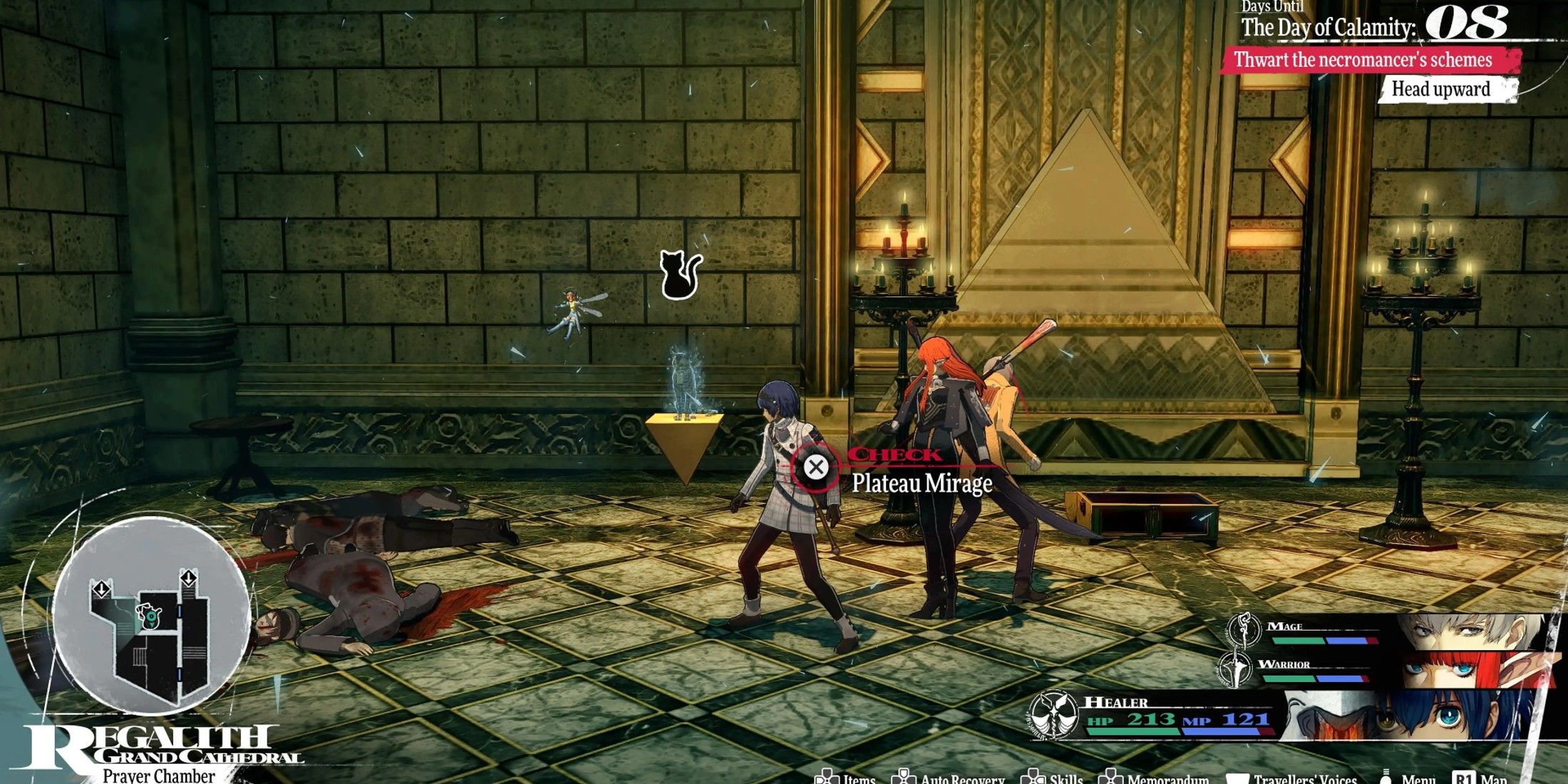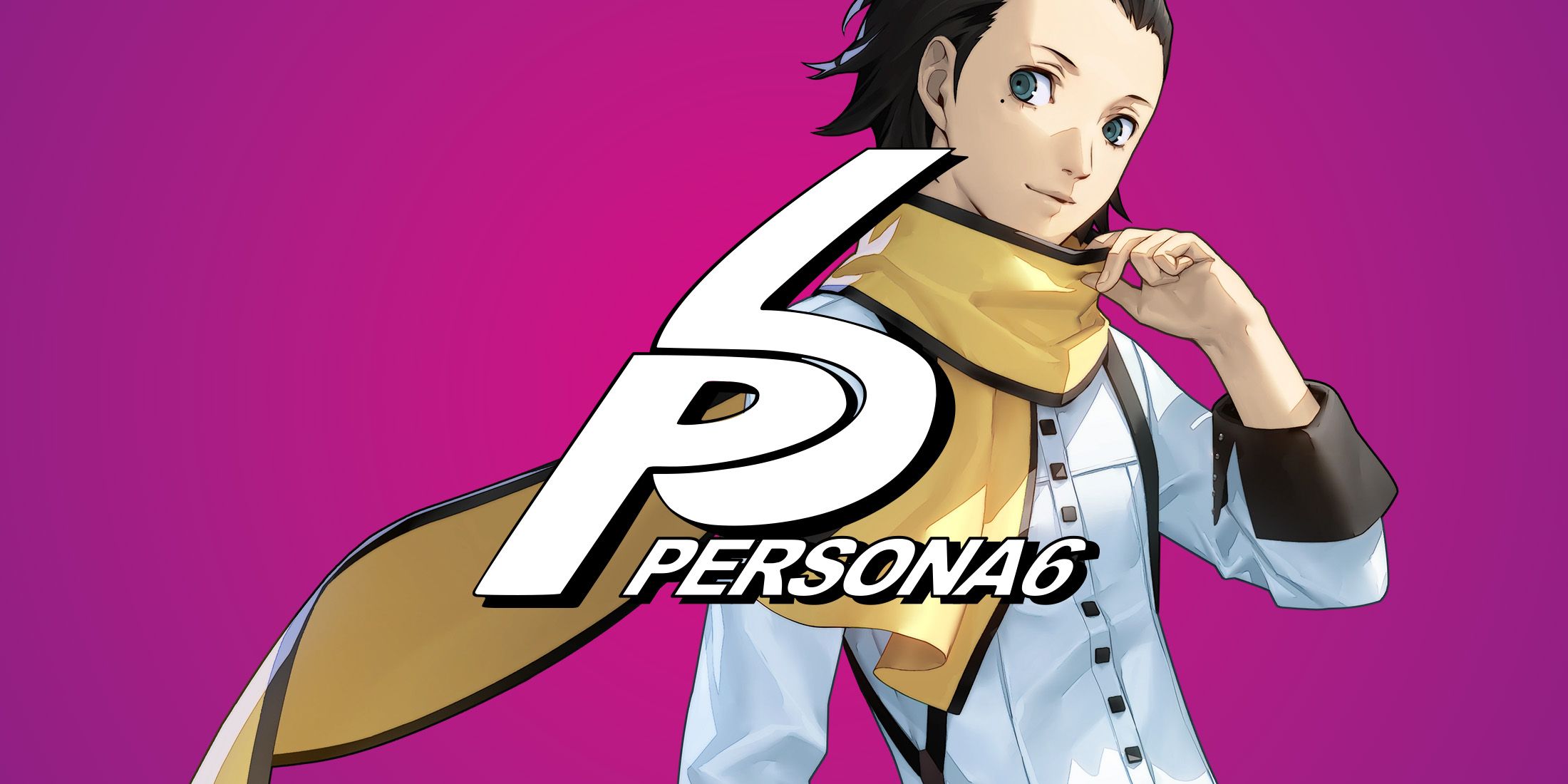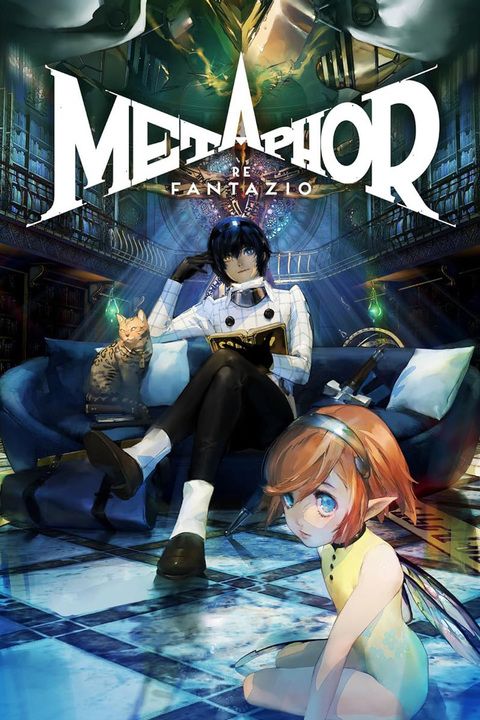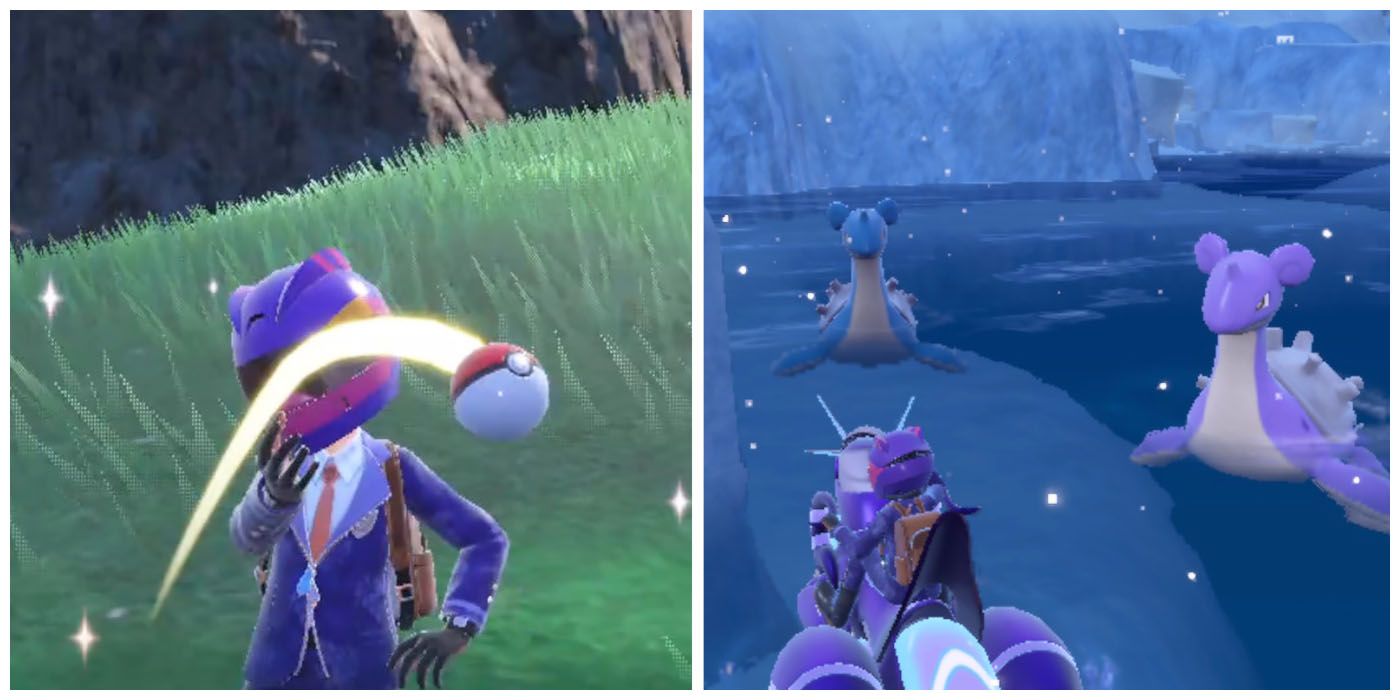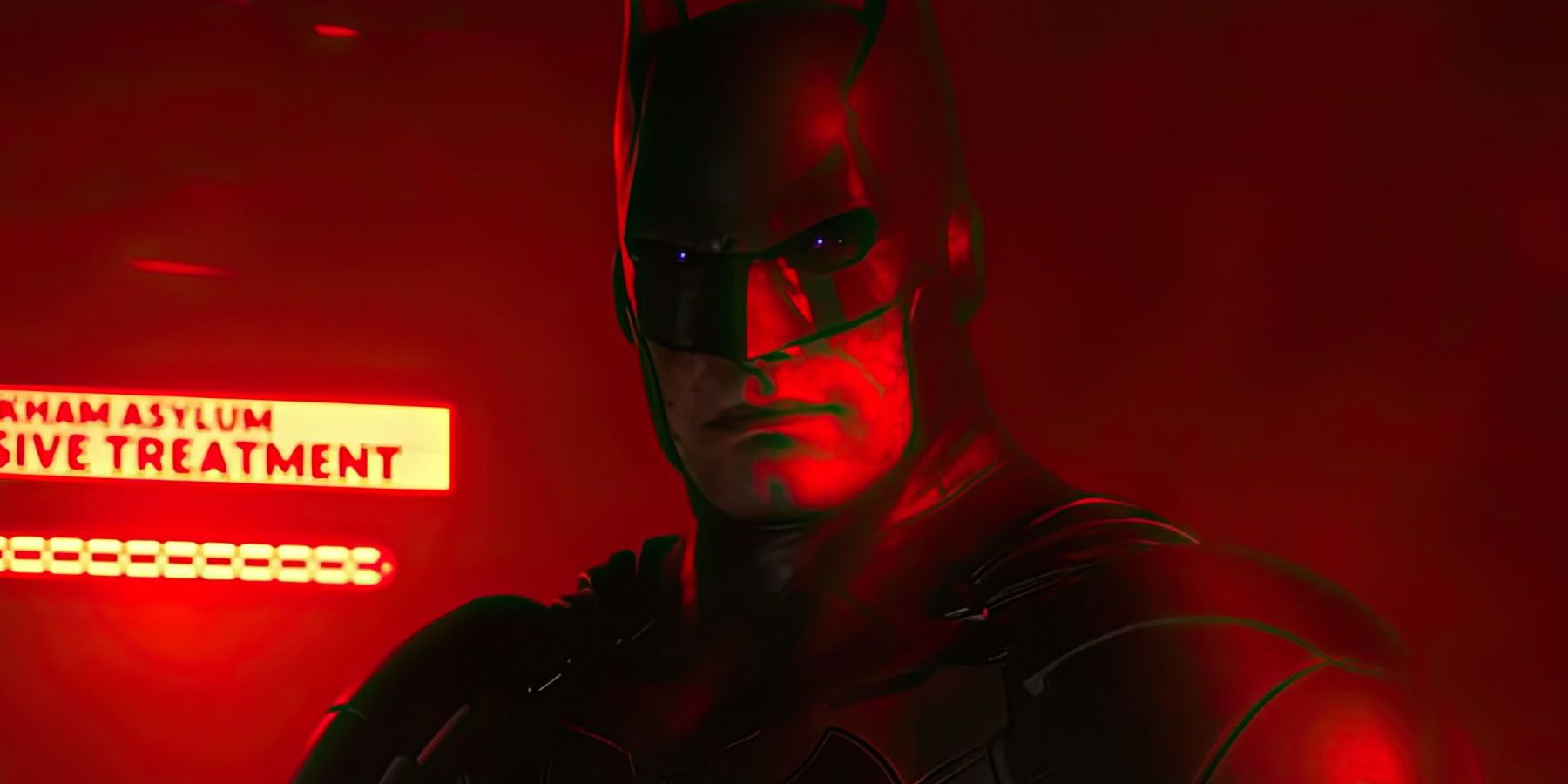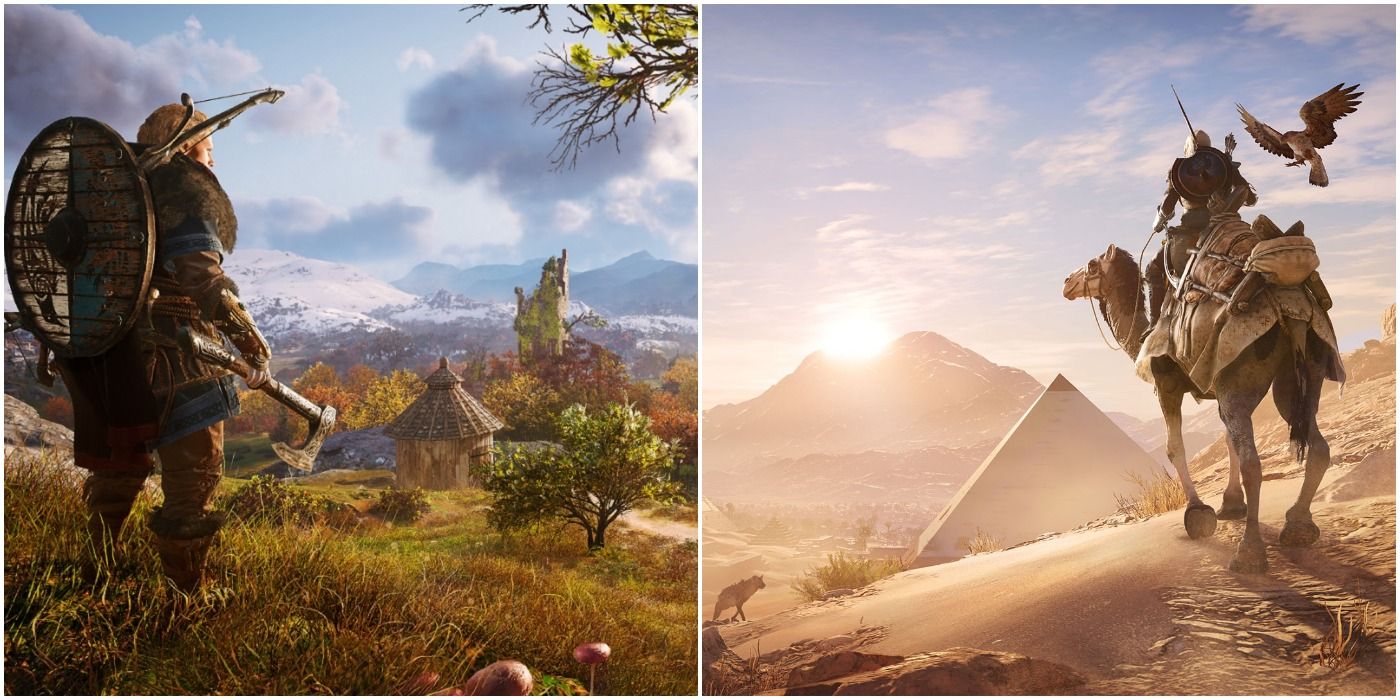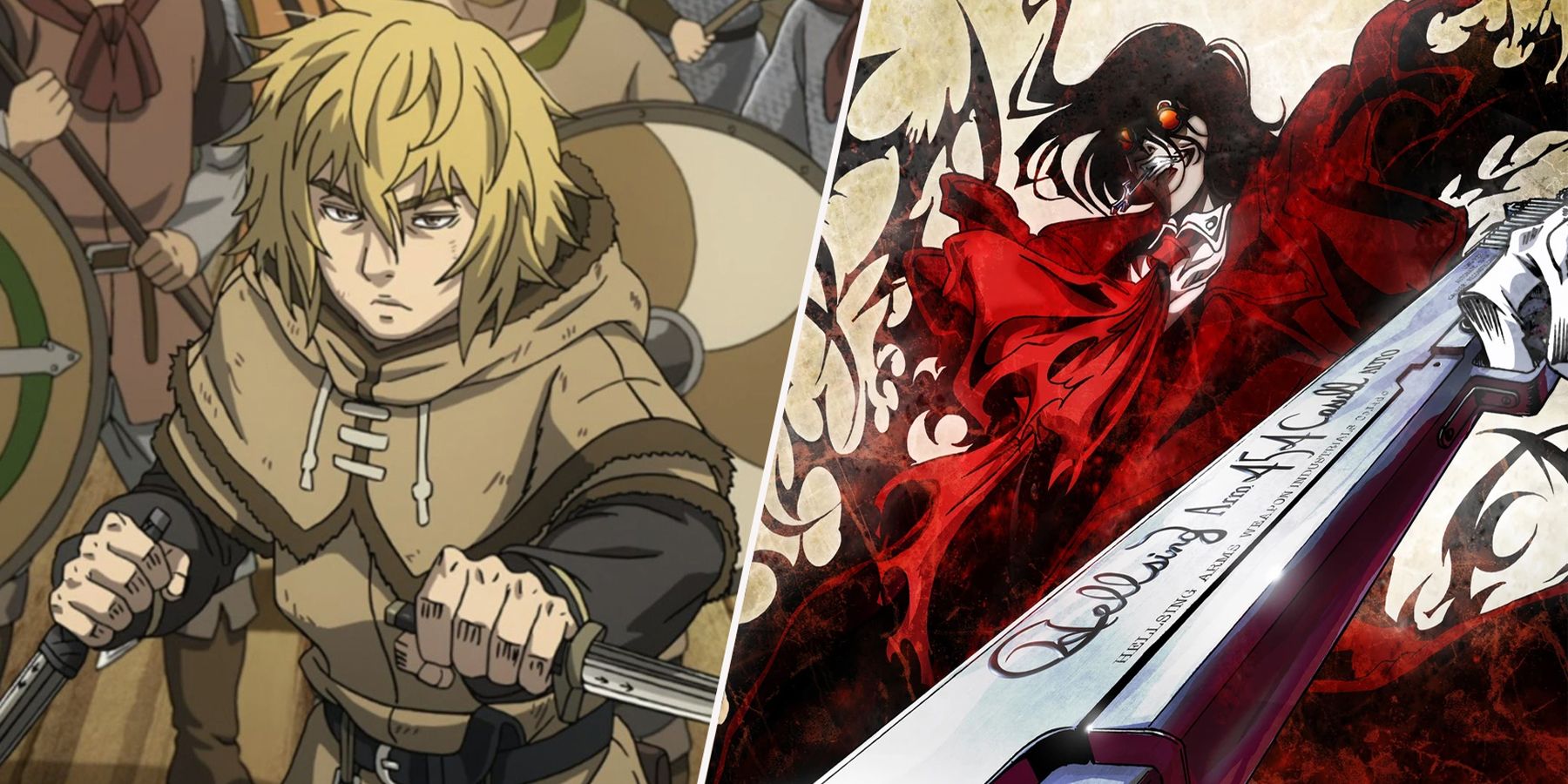Atlus and Studio Zero’s Metaphor: ReFantazio has earned itself a place in what’s arguably a three-way race for Game of the Year, and for good reason. Beyond borrowing several elements that have made the Persona and Shin Megami Tensei series such beloved franchises among RPG fans, Metaphor: ReFantazio reimagines and rebalances many of the core mechanics of the series it borrows from to become one of Atlus’ more accessible RPGs despite its mechanical depth and complexity. One area where the game arguably outpaces its inspirations, though, is in its varied and creative dungeon design.
While the Persona games and their parent Shin Megami Tensei series have some excellent art direction in their dungeons (especially in Persona 5‘s Palaces and the reimagined floors of Tartarus in Persona 3 Reloaded), their actual geometry leaves something to be desired. For the most part, dungeons in many of Atlus’ other flagship RPG franchises boil down to a series of corridors comprised of right angles interspersed with branching hallways and doors to treasure rooms. In comparison, Metaphor: ReFantazio‘s dungeon design feels like the logical evolution over the games that inspired it while also setting an example that future Atlus games should abide by.
Related
How Metaphor: ReFantazio’s Archetypes Compare to Persona’s Namesake
Metaphor: ReFantazio’s complex combat and progression are hinged upon the Archetypes, which strike out definitively from the Persona series’ namesake.
What truly sets Metaphor: ReFantazio‘s dungeons apart from previous Atlus RPGs are the creative features each space includes. More than just a series of corridors containing branching pathways, Metaphor‘s interior spaces include all kinds of tricks up their sleeves to make them feel like actual dungeons, not unlike the intricately designed spaces in classic Legend of Zelda games. There are secret passageways to crawl through leading to hidden treasure, ladders, trap doors, switches that alter the environment, and other interesting deviations from the standard Atlus-style dungeon design that make Metaphor‘s adventuring spaces feel like the highlight in the studio’s catalog.
To add more fuel to the Zelda comparison fire, exploring each of Metaphor‘s dungeons is surprisingly intuitive. Dungeons contain multiple floors in most cases and, with just a few exceptions, require players to bounce back and forth between them to explore newly opened areas after flipping switches, destroying barriers, or otherwise changing the environment. But navigating these spaces is never confusing, instead imprinting on players’ memory in creative ways through opening up shortcuts, rewarding exploration with valuable treasure, or granting players a brief respite to withdraw and return to later.
Prior to the release of Metaphor: ReFantazio, the best dungeons in the Atlus catalog arguably belonged to those in Persona 5. Even this year’s remake of Persona 3, Persona 3 Reloaded, switched things up with its singular 226-floor dungeon Tartarus to give each section its own unique art style and spatial flow. In other words, Atlus RPGs keep improving one of the few weak elements in their design with each new entry, and Metaphor‘s dungeons are perhaps the best-designed in the studio’s catalog. It stands to reason, then, that the upcoming Persona 6 might take things a step further.
Beyond the well-written, emotionally affecting stories and interesting characters players can form social links with, Atlus’ flagship RPG franchises are, at their core, dungeon-crawling RPGs. Persona games have always nailed the art direction and atmosphere present in each game’s dungeons, but the layout and design of these spaces have traditionally been one of the franchise’s few weak points. Out of all the ways that Metaphor: ReFantazio reinvents core elements of the Persona franchise, its dungeon designs and creative layouts of adventuring spaces feel like some of the more important.
/cdn.vox-cdn.com/uploads/chorus_asset/file/25263314/STK169_Zuckerberg_A_CVirginia.jpg)

